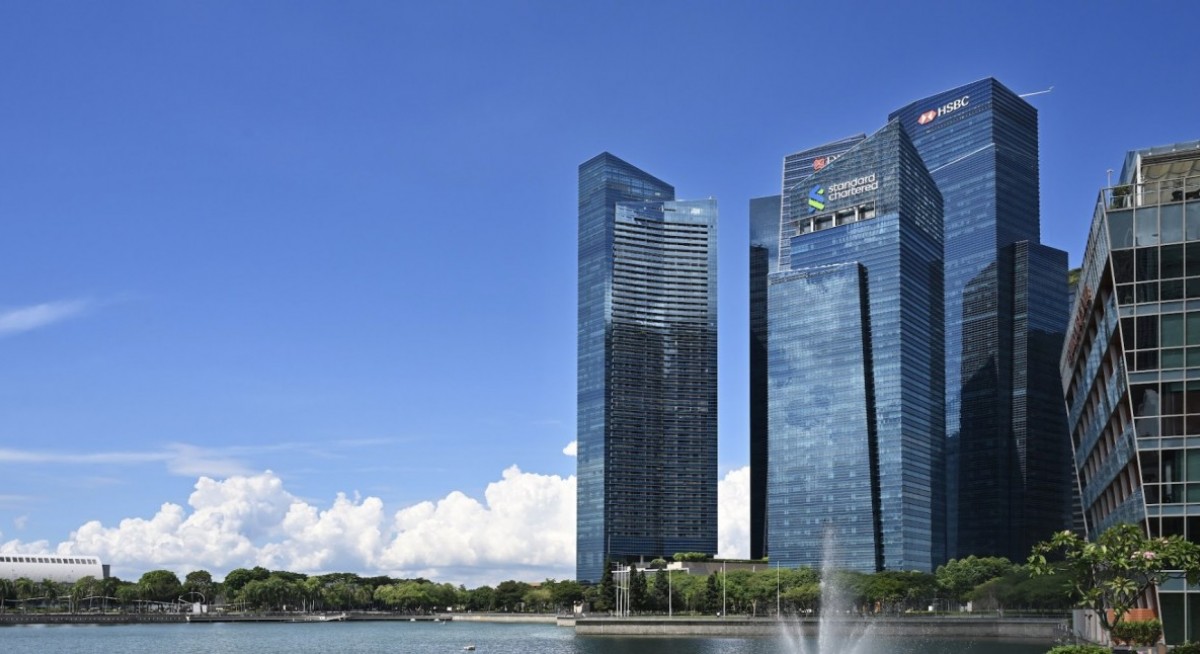On the tariff front, the worst of the tariff hikes are put on hold till July 8. According to S&P Global Market Intelligence, its surveys have picked up some bright spots. “Stronger output gains have notably been seen in the US service sector and eurozone manufacturing, the latter buoyed by expectations of greater fiscal spending (particularly in Germany). UK growth also lifted higher in May to assuage downturn fears, and the June data will be important to gauge any impacts from the US-UK trade deal, April’s tax rises and recent government spending review,” the report says.
“With tensions rising in the Middle East, pushing oil prices sharply higher, the flash PMI data will be keenly assessed to see whether April really represented “peak gloom” in terms of business confidence, or whether executives consider the economic and political environment to have deteriorated further,” S&P says.
The problem with the Iran-Israel confrontation, is that Brent Crude has risen almost 10% on average so far in June compared to May. These higher oil prices come after the May PMI surveys showed a broad disinflationary trend in much of the world, though notably bar the US and Canada, where tariffs had reportedly pushed up firms’ costs and fed through to higher selling prices, the S&P report says.
The Federal Reserve’s Federal Open Market Committee meeting kept rates unchanged at 4.25%-4/5%. Despite this, the US dollar remains weak. “This decline reflects a general loss of confidence in American stability and reliability. What it means for the Fed is that Trump’s tariffs are about to cause a major inflationary hit. Many observers believe that the tariffs will [also] cause a slowdown and if this happens, it would indeed be a reason to cut interest rates,” notes Nobel Prize-winning economist Paul Krugman, in his substack.
See also: Trump trade triggers US market sell-off; STI escapes the worst for now




